Article: WHAT DANCERS ENDURE TO EXCEL PART 2: THE PSYCHOLOGICAL COST OF ELITE DANCE
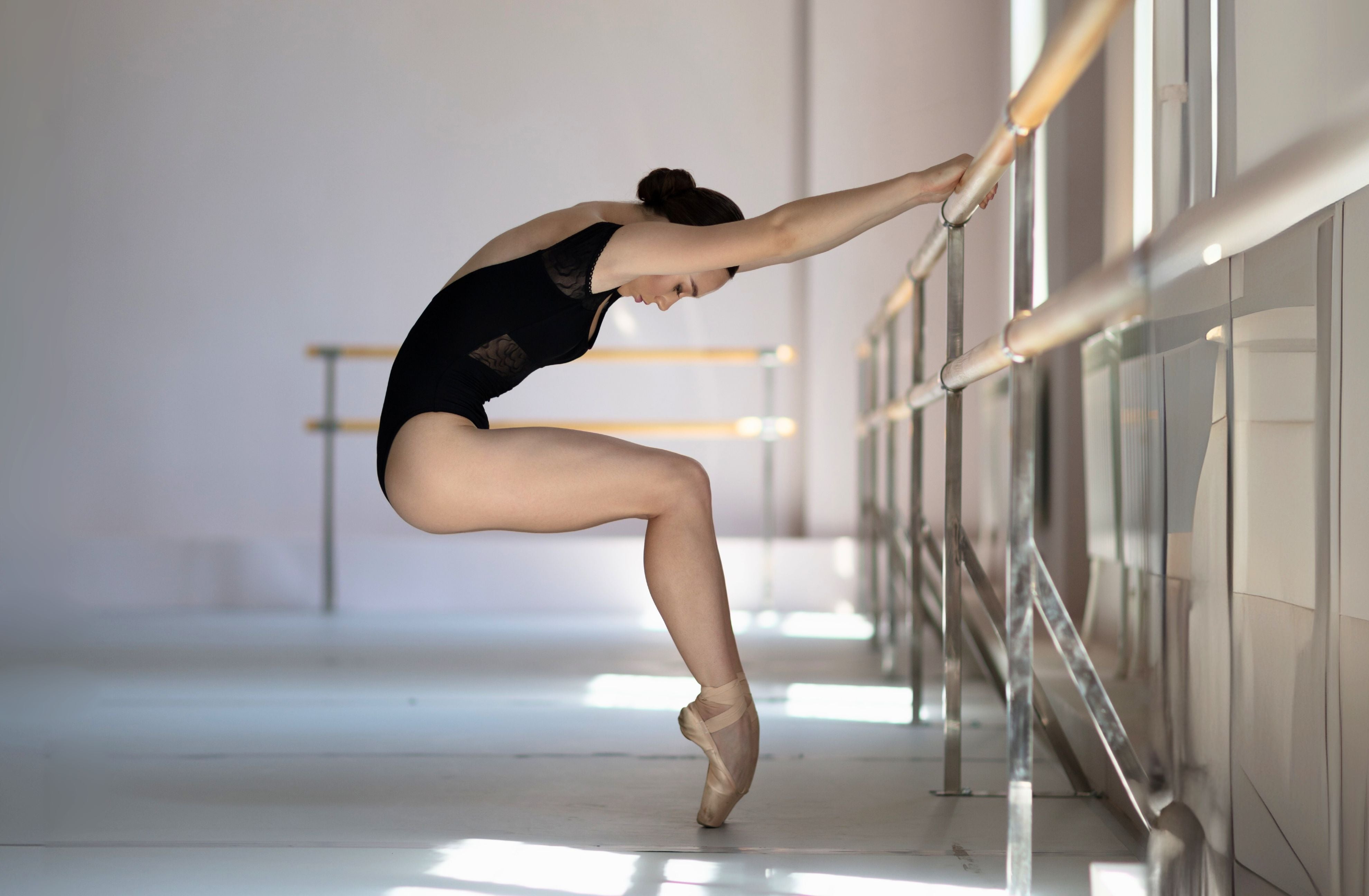
WHAT DANCERS ENDURE TO EXCEL PART 2: THE PSYCHOLOGICAL COST OF ELITE DANCE
In Part 1 of this dance series, we explored the physical demands elite dancers face. Now, we shift our focus inward, to the psychological strain that often remains unseen. Striving to perform at an elite level at all times brings considerable mental and emotional pressure. Dancers must not only maintain their strength, shape, flexibility and technique, but also care for their overall health through disciplined routines, proper nutrition and lifestyle choices, affecting many aspects of their interpersonal life.
In this piece, we explore the psychological challenges most commonly faced by elite dancers, as identified in recent research. These include performance pressure, body image struggles, injury-related anxiety, and the emotional toll of career uncertainty.
We also look at the tools and support systems that can make a difference, ranging from mental skills training to institutional support during major transitions, injuries, or burnout.
To close, we return to the voice of Laetitia Bouffard-Roupé, whose earlier testimonial shed light on the physical demands of elite ballet. Now, we revisit her story from a different angle—through the lens of mental and emotional resilience, and the inner work that healing truly requires.

NUTRITION, BODY IMAGE, AND MENTAL STRAIN
Adjusting to a schedule filled with constant performances means dancers spend countless hours in rehearsals and training. This often leaves little time for proper meals or recovery, making it difficult to refuel consistently. In fact, research shows that this demanding routine is one of the main reasons dancers frequently fall short of their daily energy needs [5].
At the same time, dancers face strong social and aesthetic pressures to maintain a particular physique, increasing the risk of disordered eating. Studies show they are 2.5 times more likely to develop eating disorders than non-dancers [1]. Many end up consuming only 70 to 80 per cent of the energy their bodies require, leading to deficiencies in iron, calcium, vitamin D and more [4].
This lack of nutrients can also reduce the availability of anti-inflammatory compounds essential for maintaining healthy connective tissue and repairing damage from intense training. Collagen peptides, omega-3 fatty acids, curcumin, gingerol and polyphenols from foods like berries, green tea and leafy greens are among the most beneficial [7].
Laetitia Bouffard-Roupé emphasises the importance of proper nutritional support, especially when recovering from injury or surgery. She increased her protein intake to aid energy and muscle rebuilding while adjusting to her hip prosthesis, and maintained her regular vitamins, FLEXIBLE collagen, and other supplements.
For further insights into maintaining a healthy and flexible body, we suggest reading the following articles from our journal:
• THE FLEXIBILITY DIET
• PAIN-FREE DIET
• BEST LIFESTYLE HACKS FOR INJURY RECOVERY
• HOW FLEXIBLE COLLAGEN CAN ENHANCE MOBILITY AND JOINT HEALTH
• ACHIEVING OPTIMAL JOINT HEALTH: INSIGHTS INTO FLEXIBLE SUPPLEMENT'S EFFICACY

THE POWER OF A STRONG SUPPORT NETWORK DURING INJURY RECOVERY
It may seem obvious that having a strong support network made up of the people we love and trust is important. But how much of a difference can it truly make? Research reveals that emotional support can lead to measurable and significant improvements in how well and how quickly someone recovers from injury:
- One study found that athletes who felt supported by their trainers were 87 percent less likely to experience depression and 70 percent less likely to suffer from anxiety during recovery [9].
- A review in Sports Medicine linked strong support from coaches, medical staff and family to lower anxiety levels and better adherence to rehabilitation plans [8].
- In a study with elite skiers, emotional support from their medical and training teams helped maintain their sense of identity, reduced isolation and strengthened motivation to return to peak performance [3].
Laetitia’s story brings these findings to life. She shared the emotional impact of receiving the news that she would need a hip replacement, and the value of the support she received: ‘I still vividly remember the moment my physiotherapist gave me the news. It was a total shock, and I cried so much. It was extremely frustrating, and the only way I could manage it emotionally was by learning to be patient with my body.
I had an incredibly strong and positive support system from my family and my boyfriend. That emotional support really helped me hold on to hope when I felt overwhelmed or discouraged.’

GUIDED IMAGERY FOR HEALING AND OTHER PROVEN TECHNIQUES
Did you know that simply visualising your body healing can speed up recovery? It may sound a bit random, but research confirms it. Mental rehearsal, also known as guided imagery, consists of mentally practising movements or visualising healing. This technique reinforces the brain-to-body connection, reduces anxiety and boosts confidence. Supporting the mind during recovery is more than positive thinking. It means using proven techniques alongside physiotherapy, rest and other complementary treatments. Positive affirmations, goal setting and mindfulness are also considered among the most effective.
Laetitia used daily meditation with the mantra, ‘I am happy, I am healthy, I am healing’, as an anchor during difficult times.
Biofeedback is another scientifically supported technique. By monitoring heart rate, muscle tension, and breathing, individuals can learn to control these functions, leading to reduced stress and improved healing. Athletes often use biofeedback to relax muscles and regulate breathing, creating calmness that supports recovery [6].

AN INSPIRING READ FOR ALL MOVEMENT ARTS PERFORMERS AND ATHLETES
Our founder, Erika Lemay, reflects on the emotional weight of contemplating retirement in Chapter 22 of her book Almost Perfect. She describes it as a true mourning process and shares how to prepare for letting go after years of deep self-investment. Rather than romanticising what is lost or newly possible, she encourages taking responsibility for what you are building next.
With guiding questions to help you find your compass and reflect on your past, present and future, she writes, ‘Your craft is a result, not a core foundation. You can create anew countless times. What you achieved over the years is a mirror of your personality and a fraction of what you can become.’
Almost Perfect is an unapologetic, high-discipline guide showing how an elite physical artist transformed injury, sacrifice and meticulous daily habits into a replicable methodology for success and purpose-driven living.
A CLOSING MESSAGE FROM LAETITIA AND FINAL REFLECTION
Laetitia shares, ‘If a doctor ever tells you that you need a hip replacement, do not be scared, just go for it. I genuinely recommend the surgery but make sure you do your research thoroughly and choose a good surgeon.
Today, I am finally pain-free and able to live my life fully again, and that is something I wish for every dancer going through this.’
We hope this series offers reassurance to any dancer facing a career shift, injury or any kind of mental health challenge related to their craft. True resilience means caring for both body and mind. A strong support network, including health professionals, mentors and loved ones, can ease recovery and reduce emotional strain. Proven tools such as guided imagery, biofeedback, mindfulness, goal setting and affirmations help maintain focus and support healing. Above all, no dancer should feel they have to face these challenges alone. Support, knowledge and community are available.

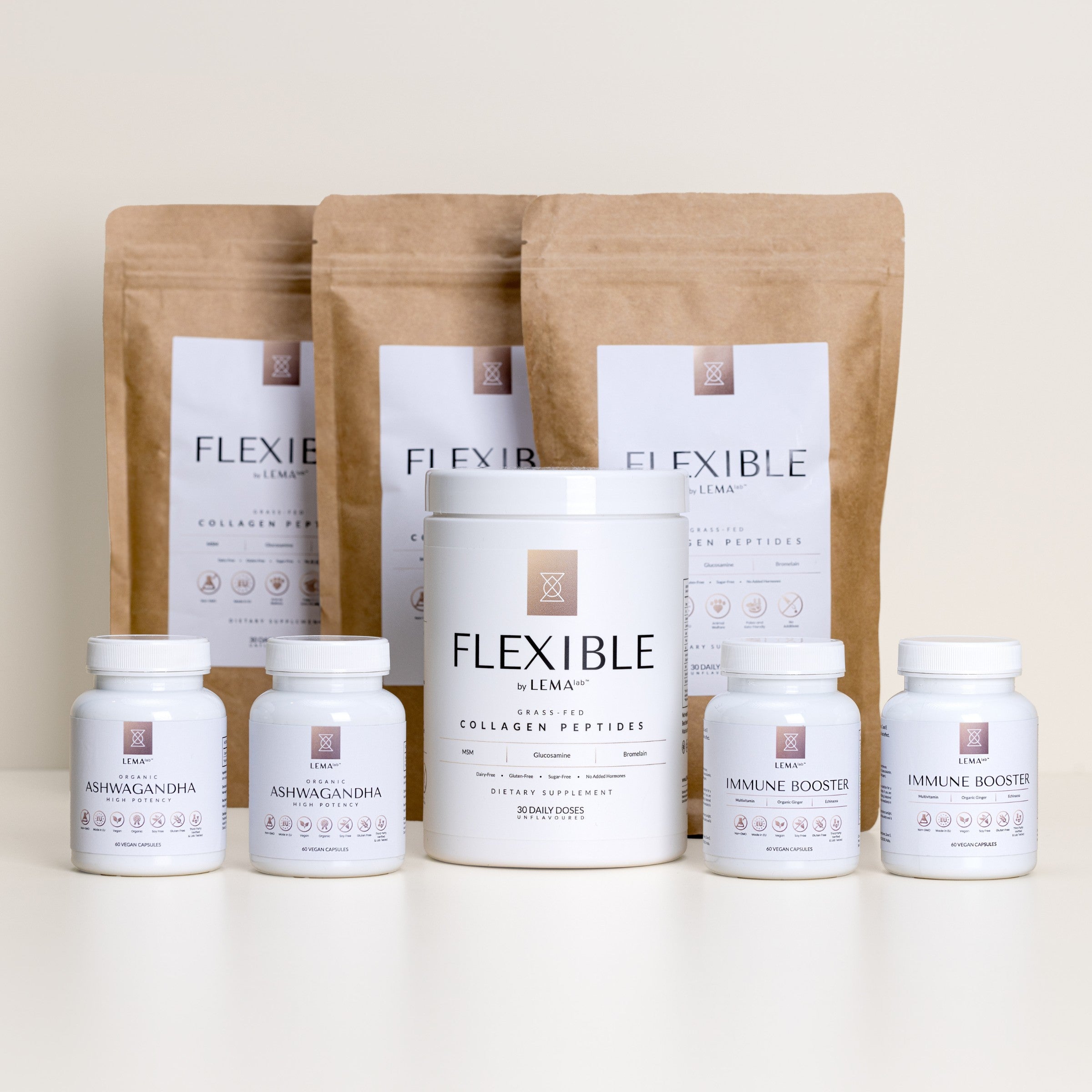
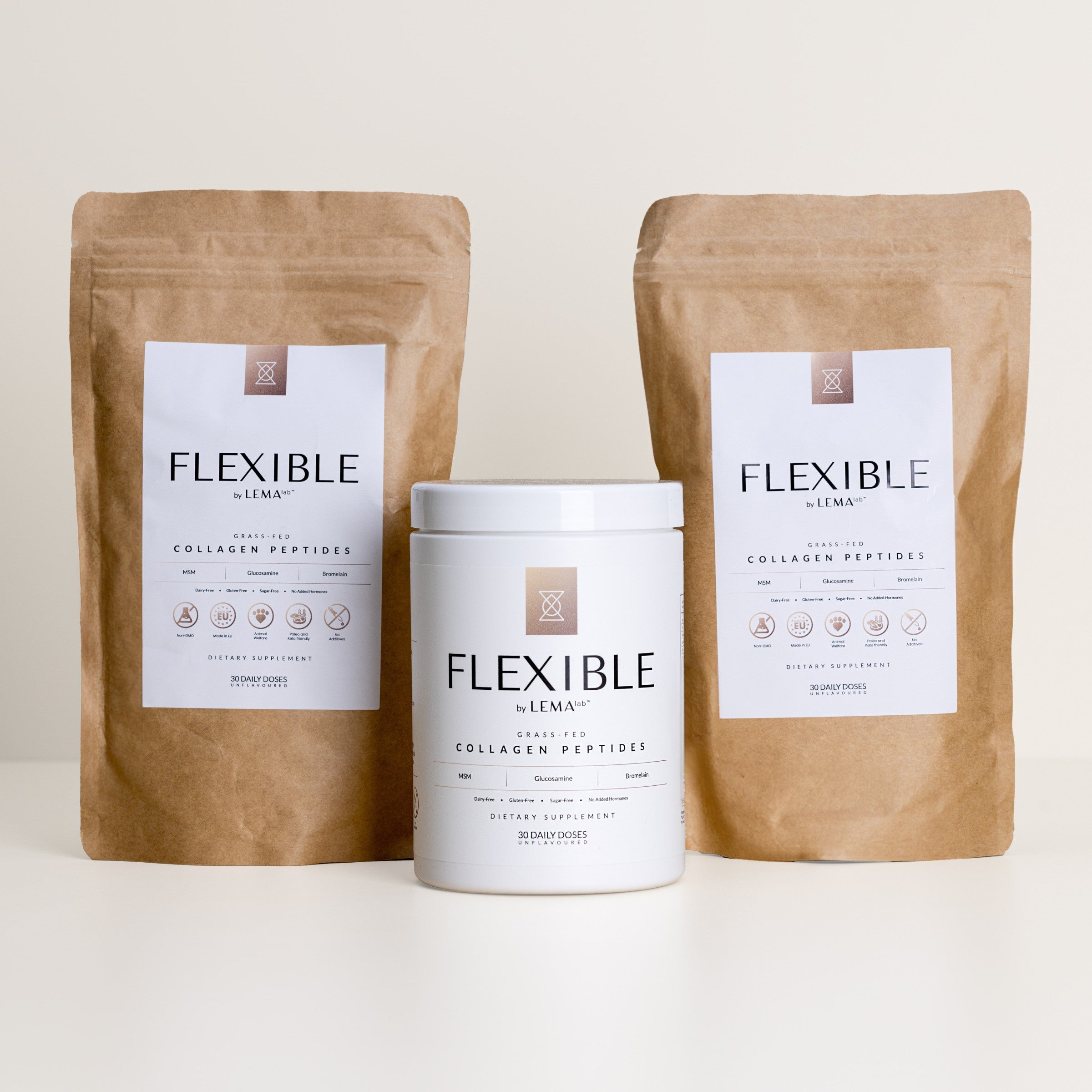

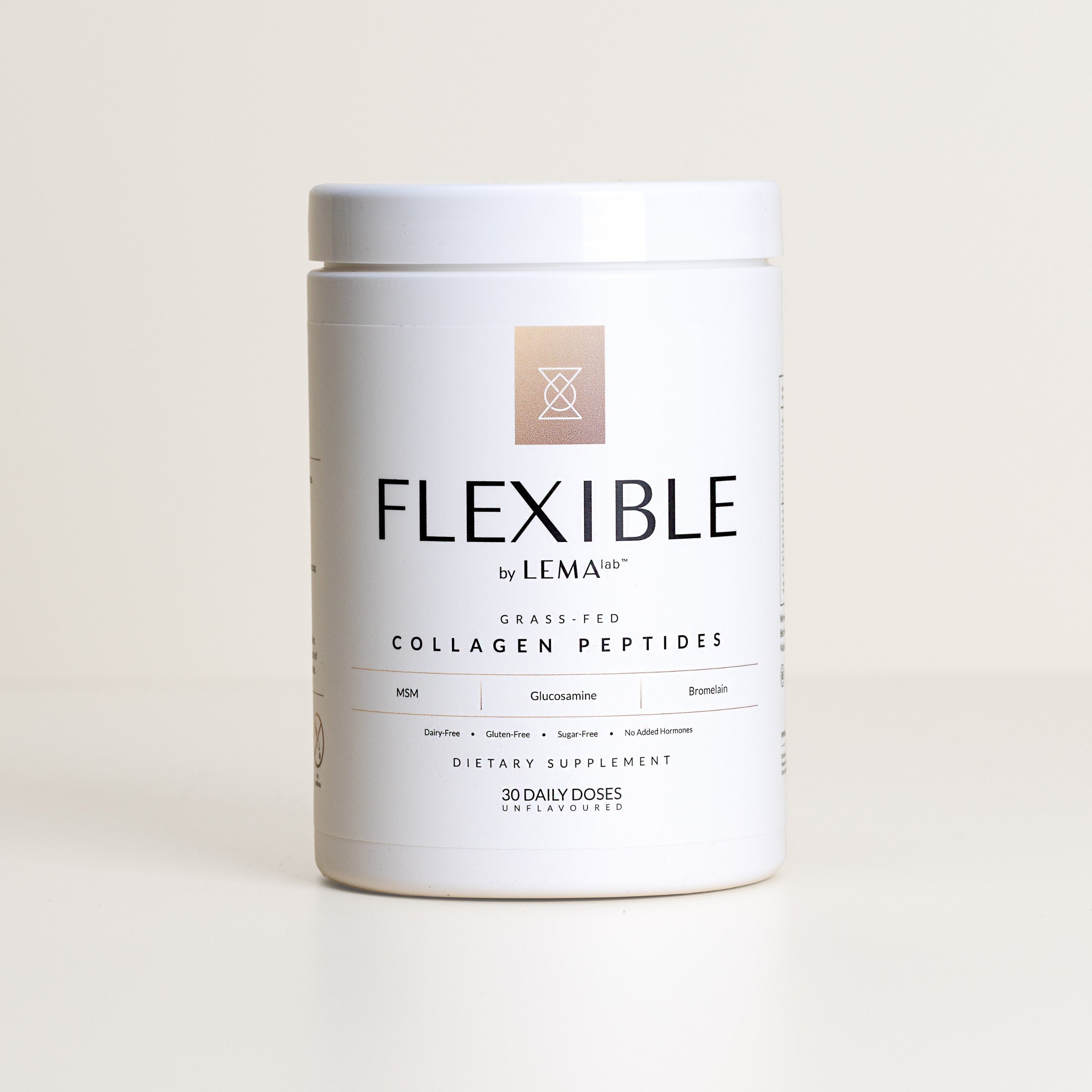

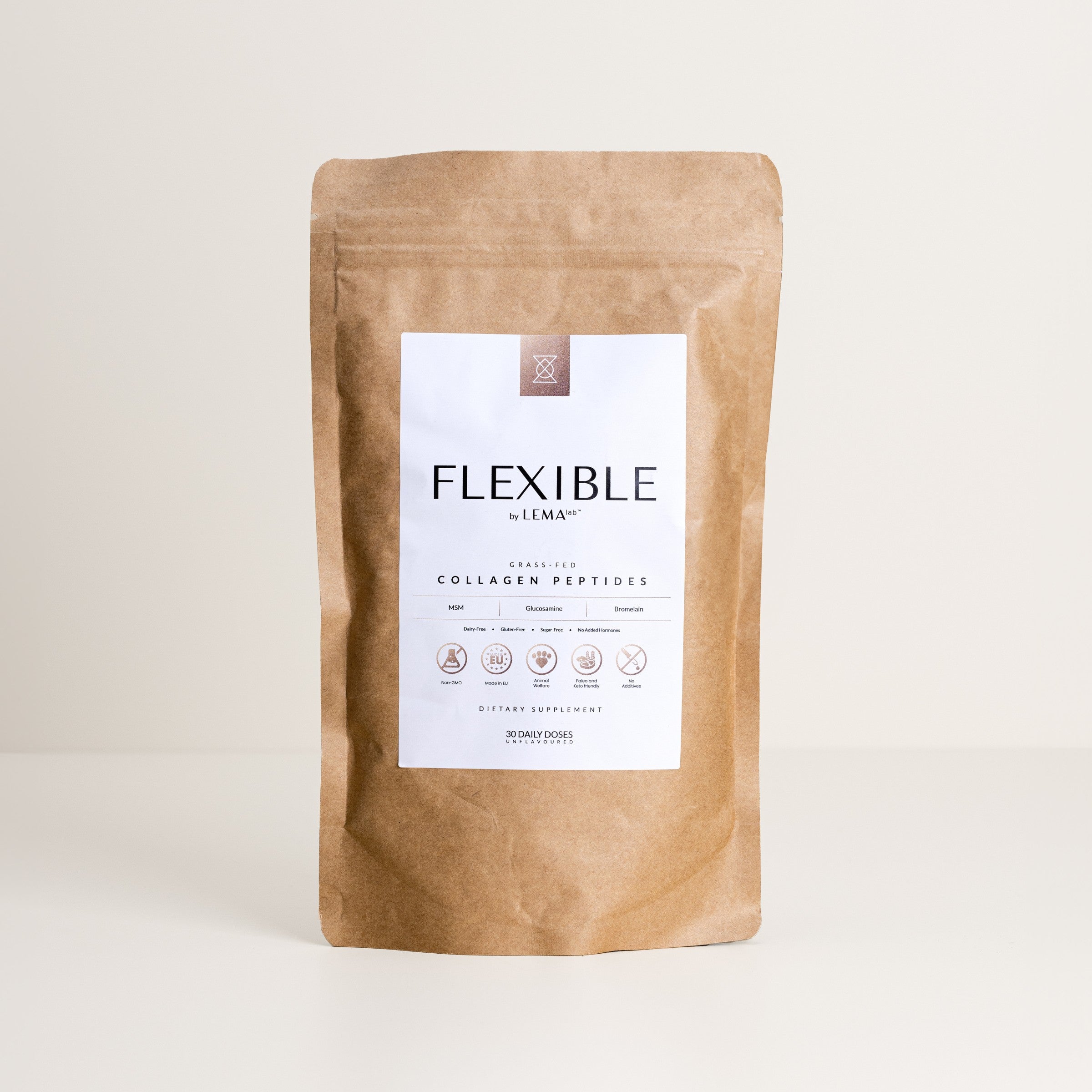
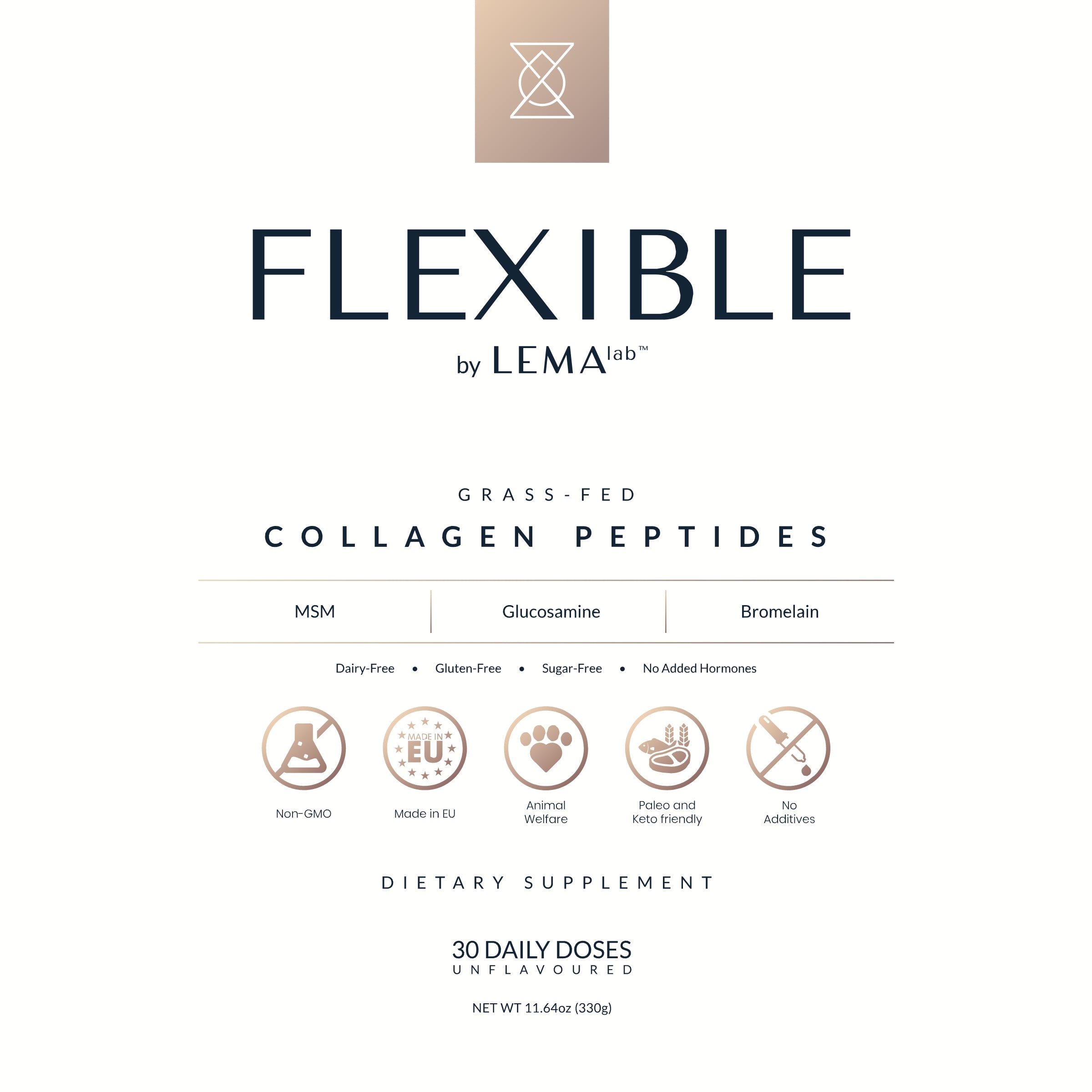
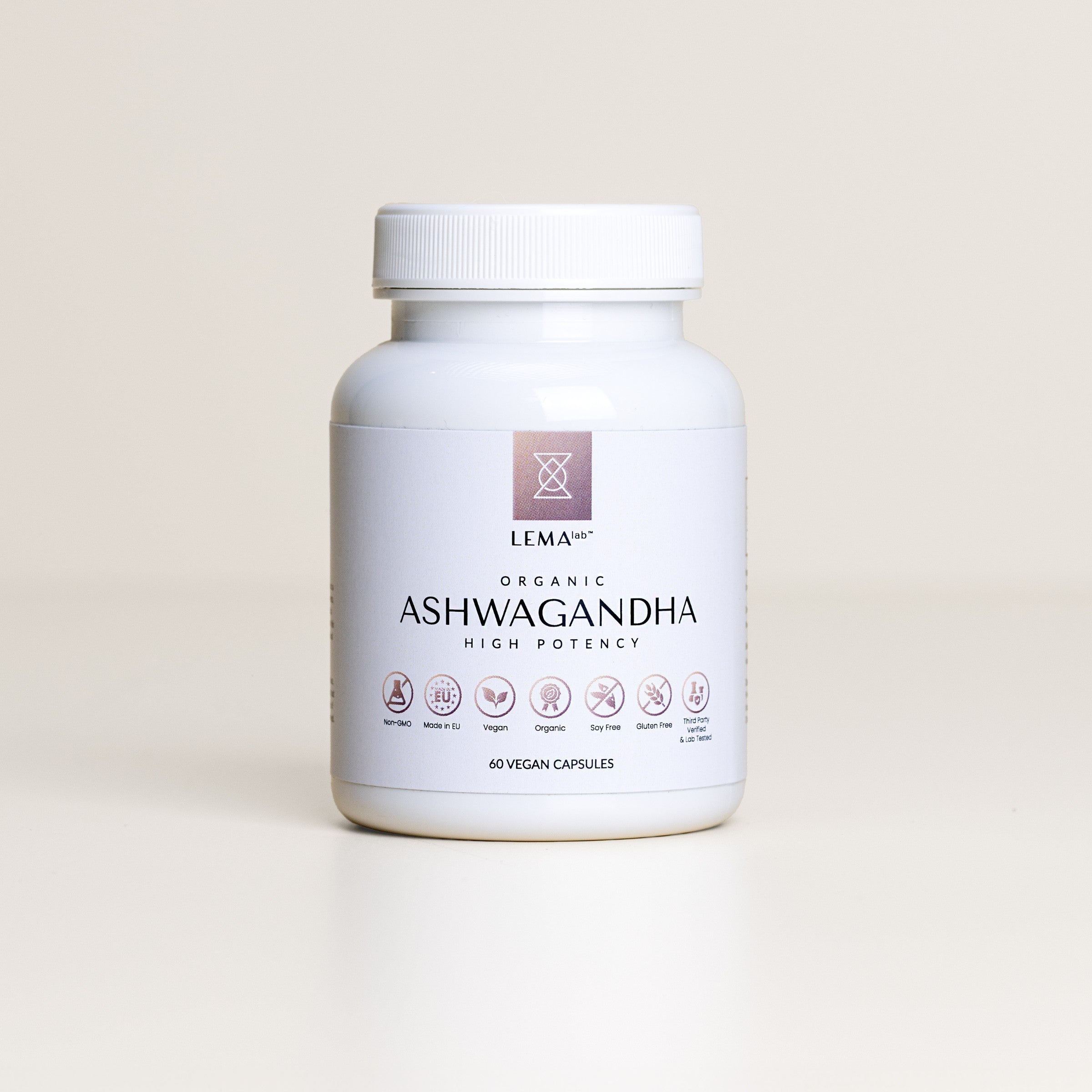

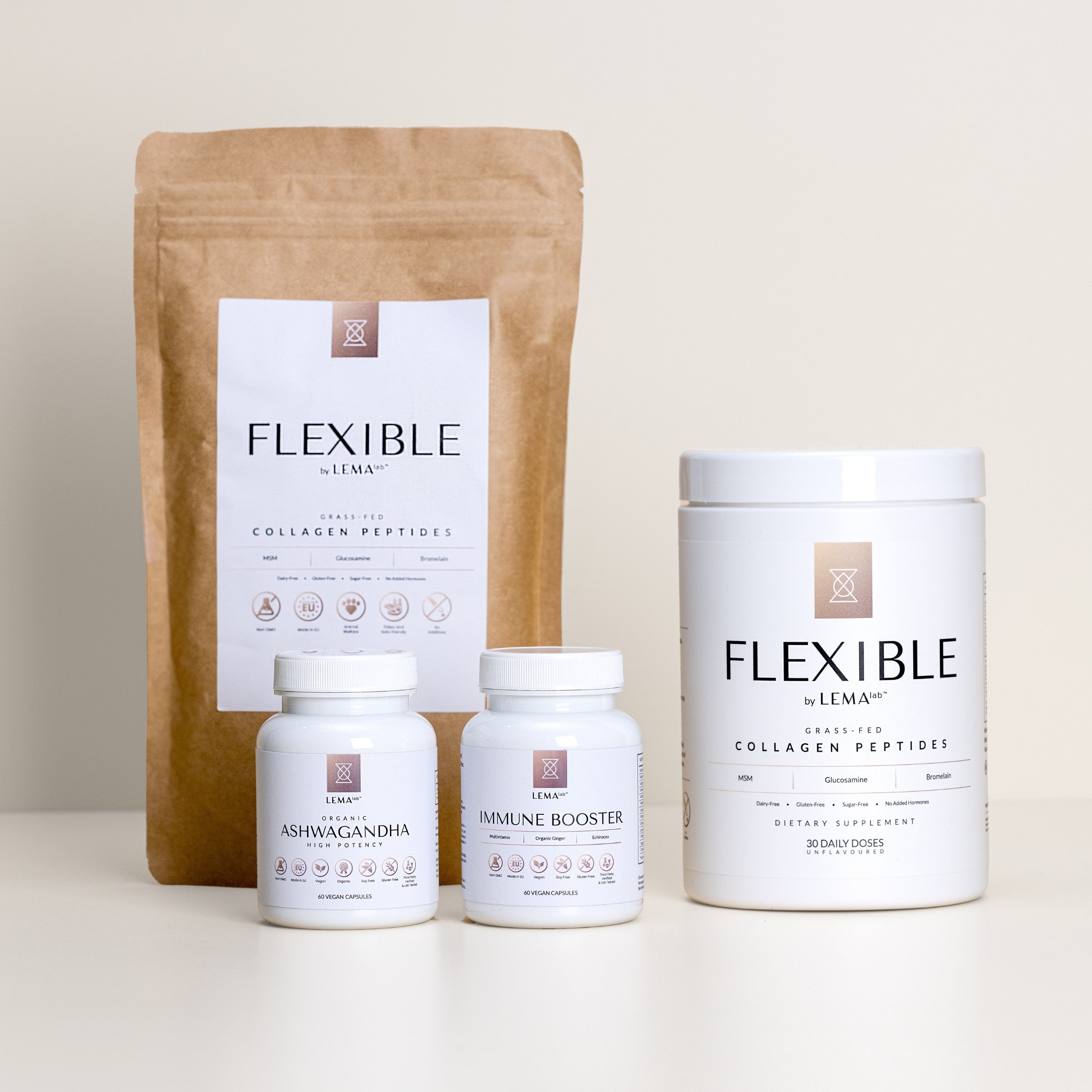
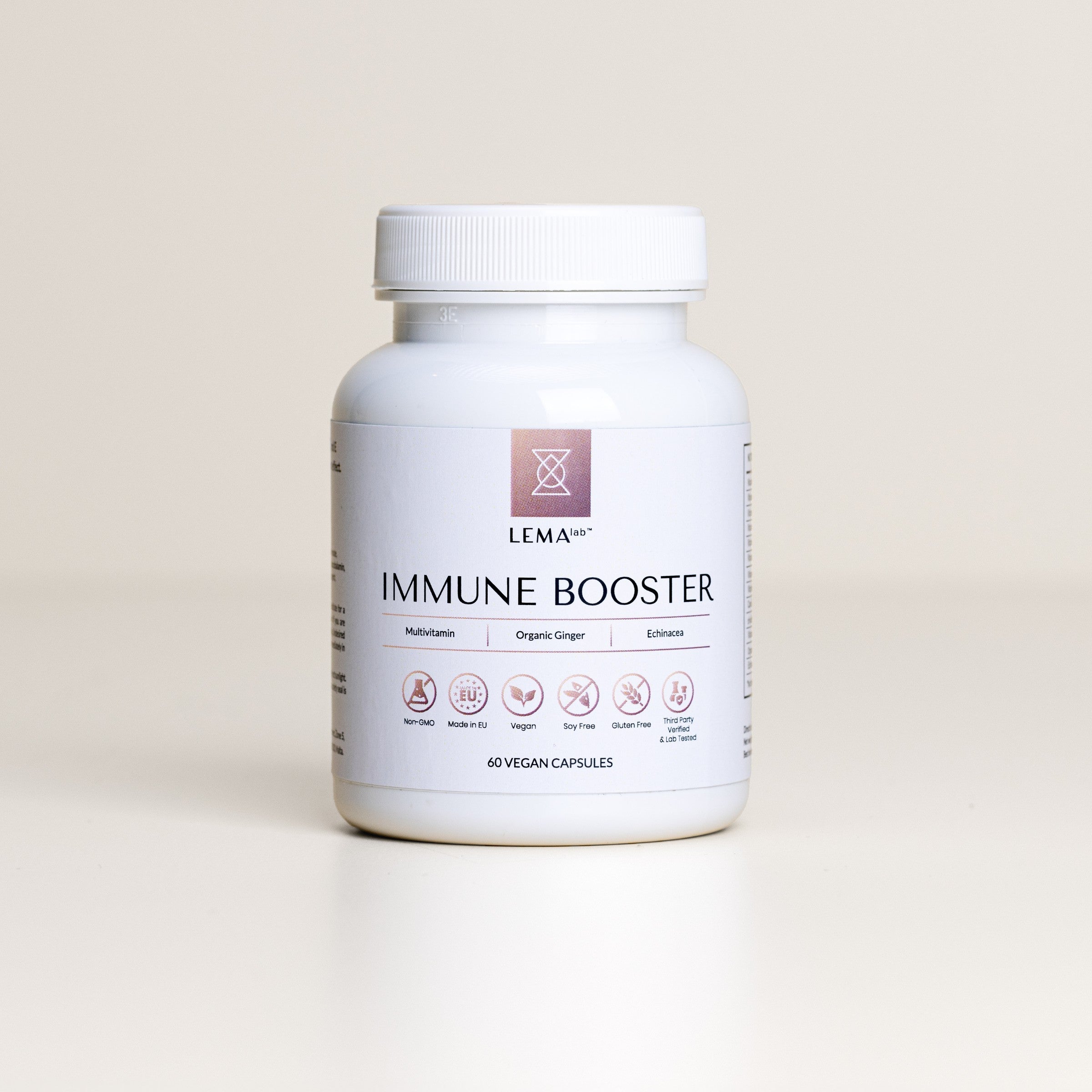

Leave a comment
This site is protected by hCaptcha and the hCaptcha Privacy Policy and Terms of Service apply.